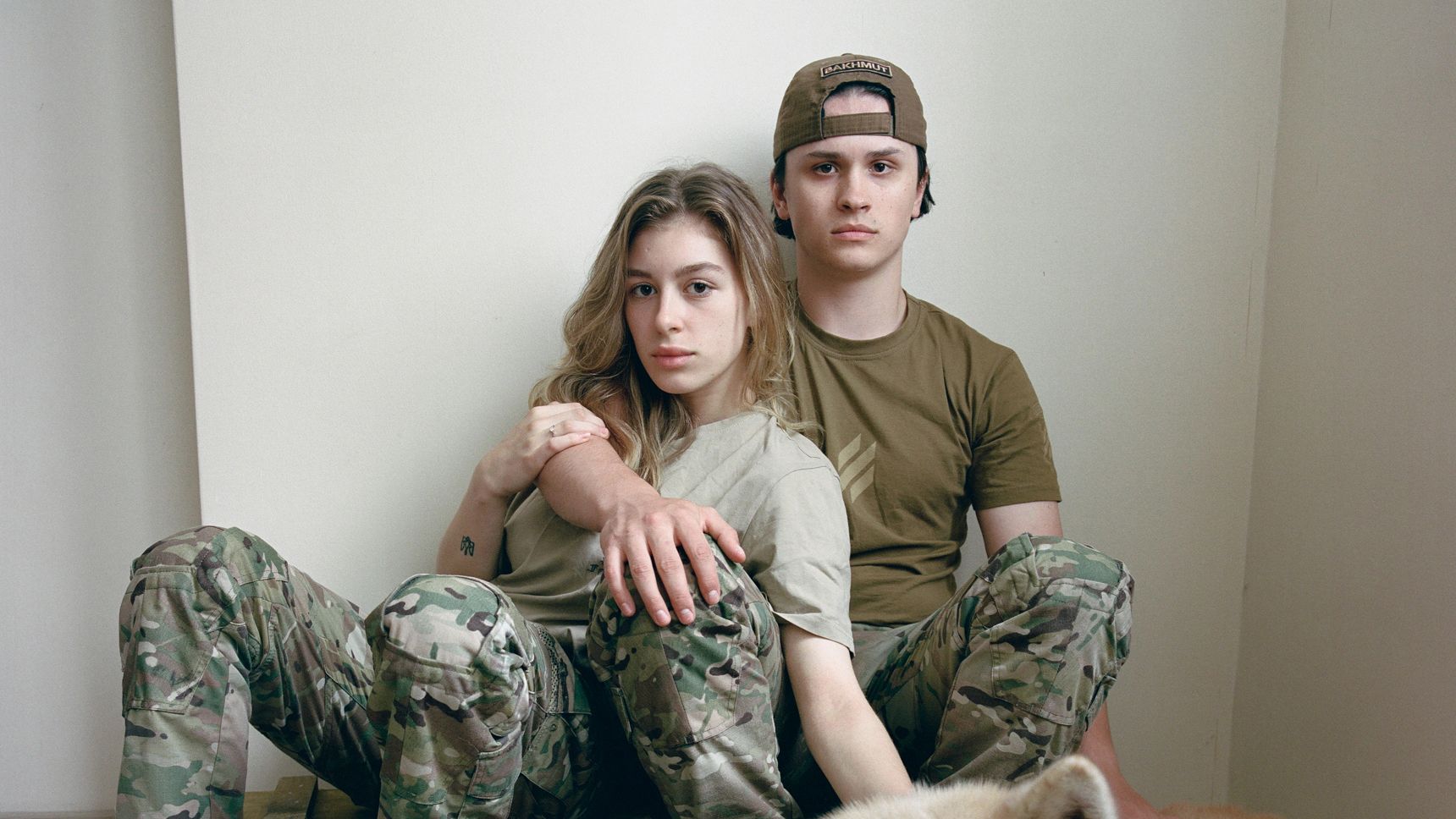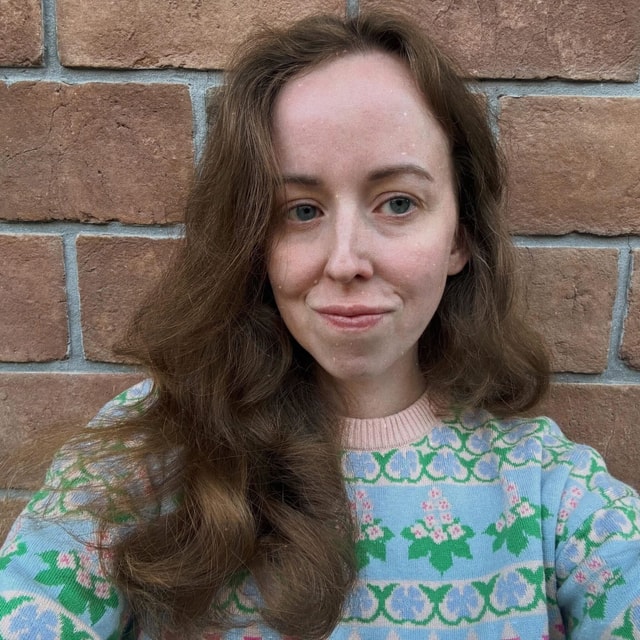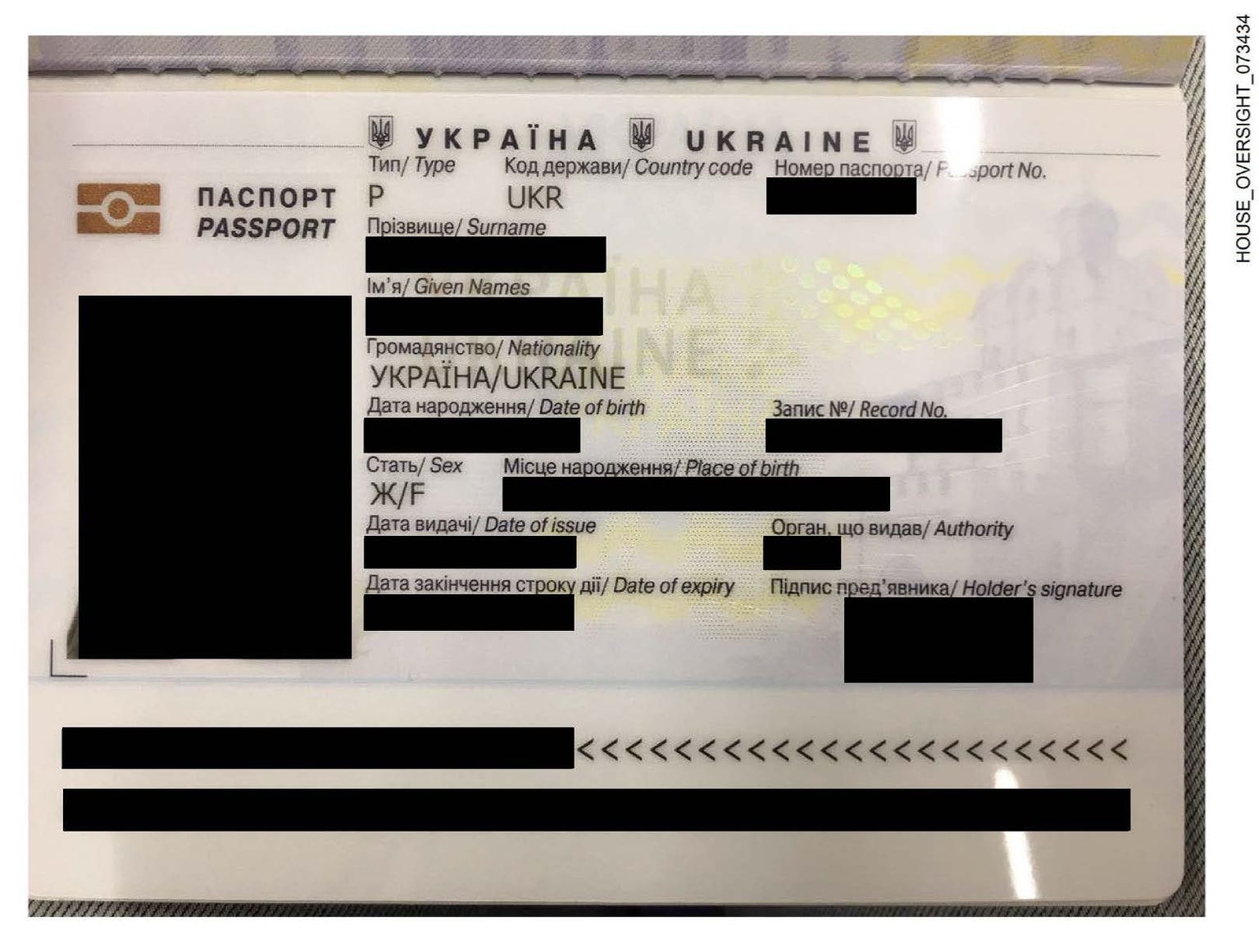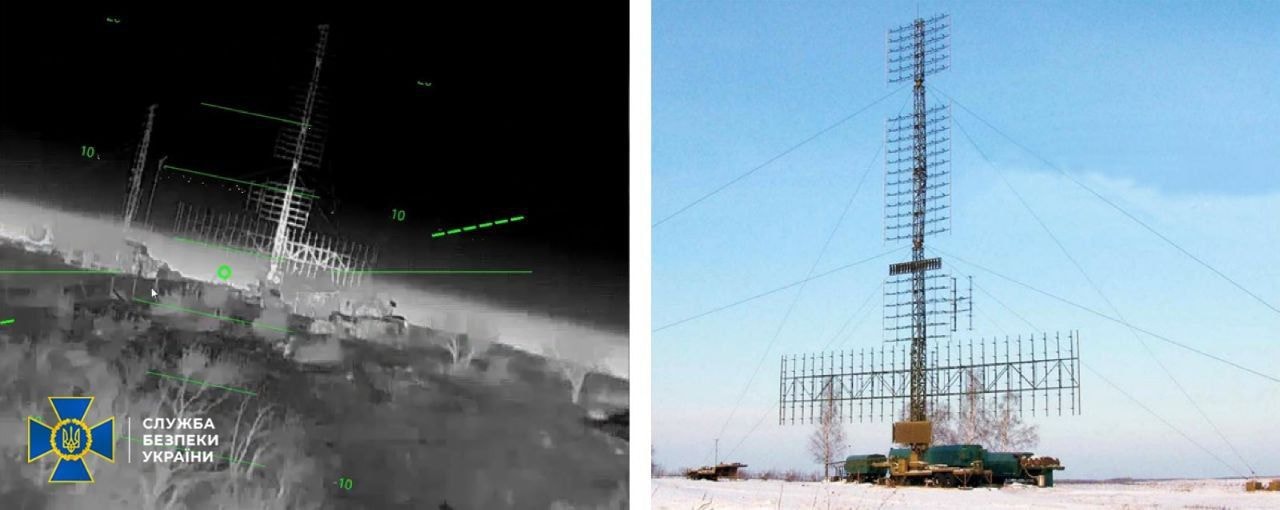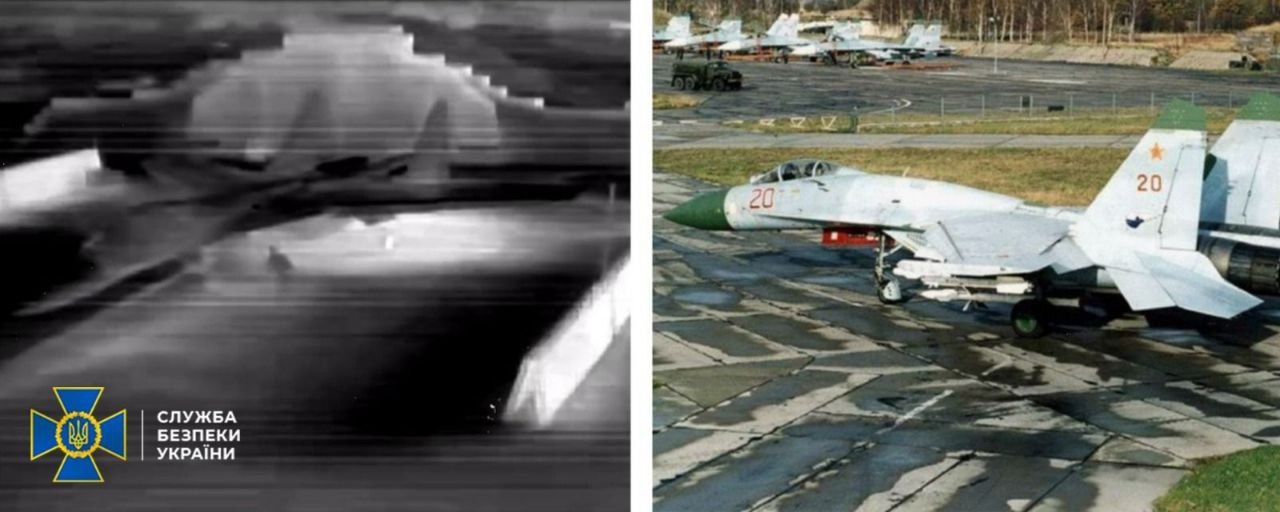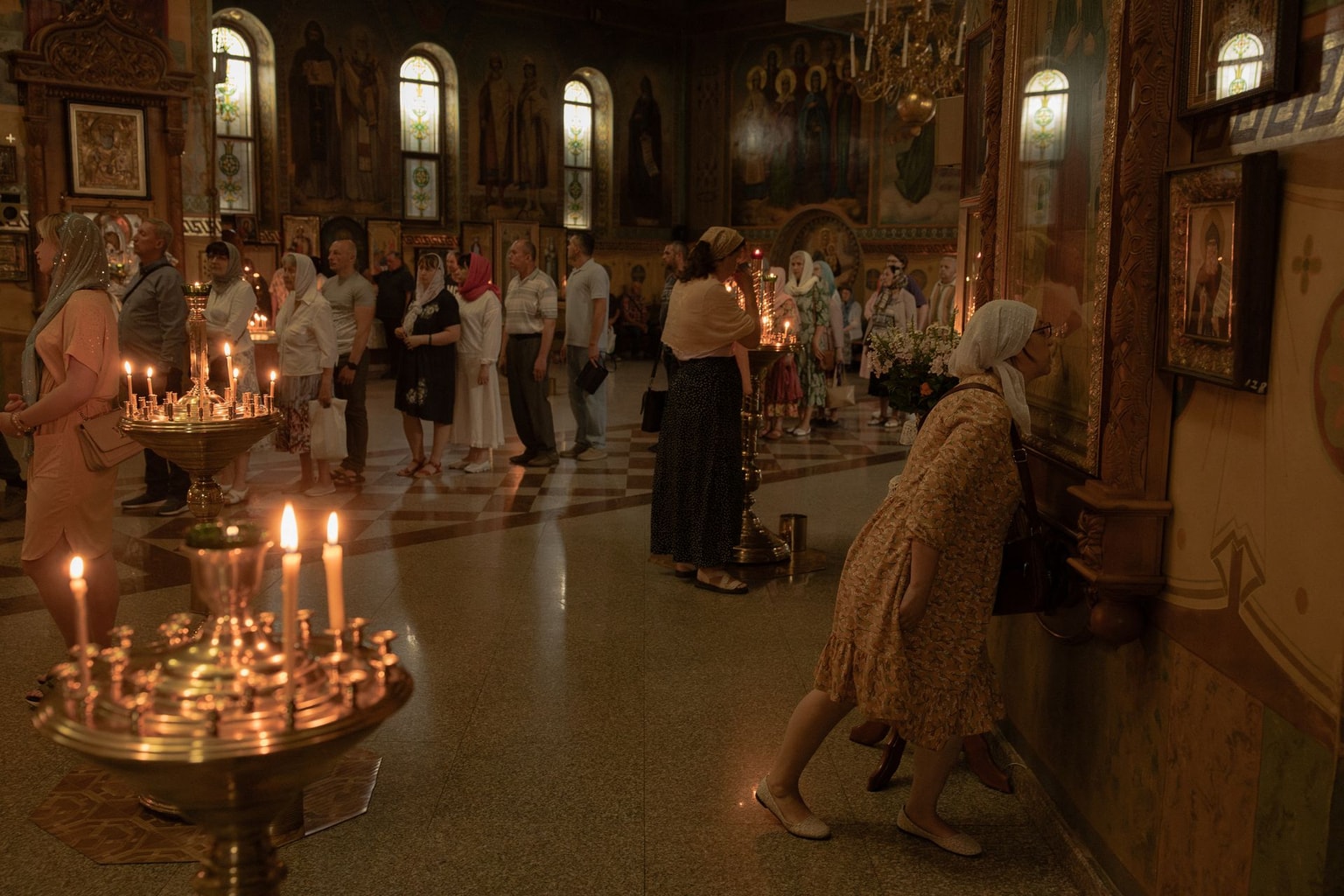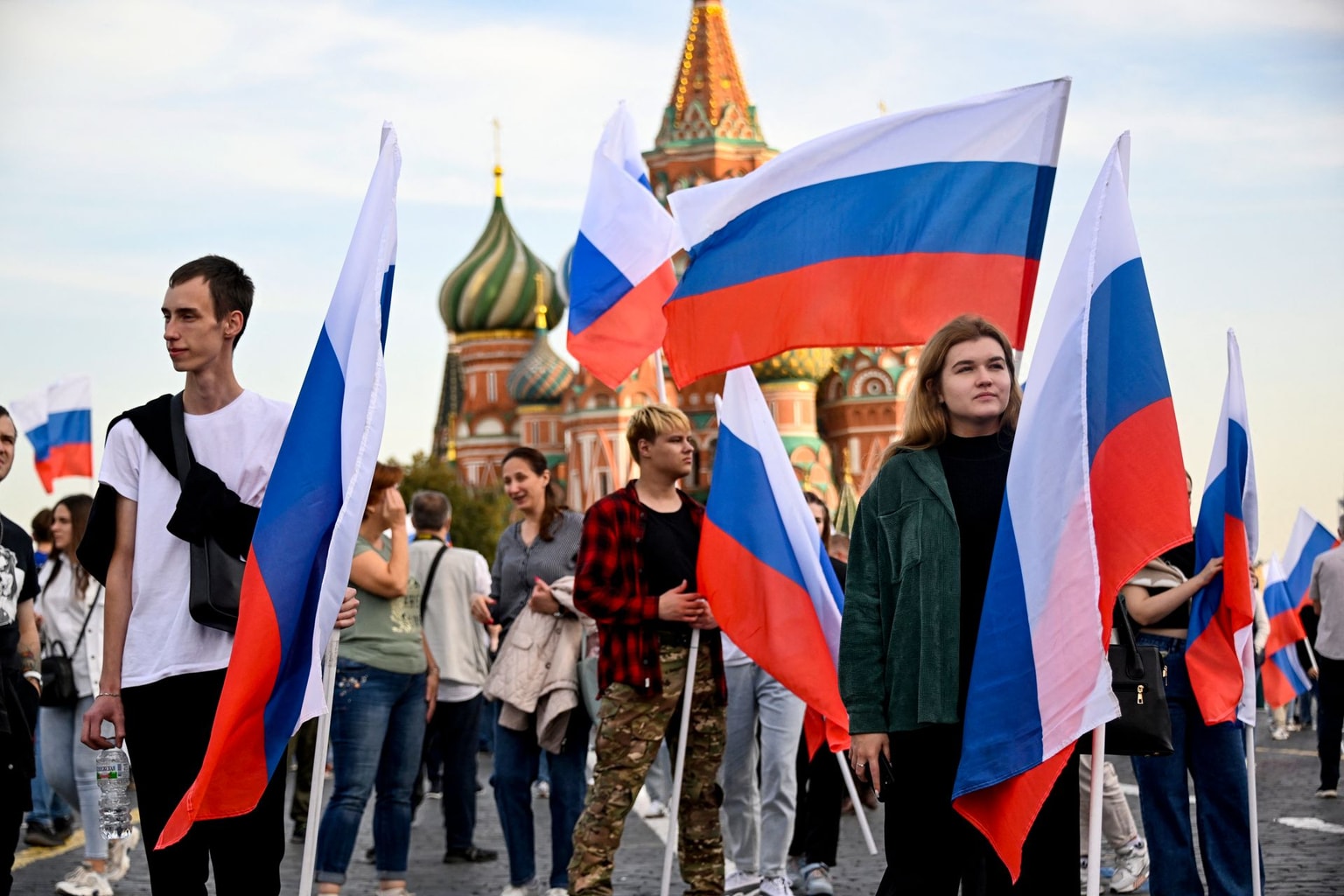
War up close: How Ukraine’s soldier-photographers document their fight
Servicemen of the 3rd Mechanized Battalion of the 24th Mechanized Brigade named after King Danylo fire a 120mm mortar in Chasiv Yar, Donetsk Oblast, Ukraine, on June 20, 2024. (Oleg Petrasiuk / 24th Separate Mechanized Brigade named after King Danylo)
As Ukraine marks Defenders Day on Oct. 1, the work of Ukrainian photographers turned soldiers reminds us that war is not just fought on the battlefield — it is also fought through bearing witness, preserving human experience, and documenting history.
In honor of Defenders Day, the Kyiv Independent is highlighting the work of photographers Yevhen Borisovskyi, Roman Zakrevskyi, Dmytro Kuprian, and Oleg Petrasiuk while serving in Ukraine’s Armed Forces.
Photography on the front lines of Ukraine’s fight against Russian aggression safeguards truth in an age of disinformation. Through the photographer’s lens, the war is given a human face: the weary determination of Ukrainian soldiers, the quiet resilience of families, the fragile moments of normalcy amid chaos. These images remind the world that this full-scale war is not just being fought over borders or politics, but over Ukrainians’ lives, homes, and futures.


“Reality. Authenticity. Contrast. That’s what’s important to me in every frame. I want to believe that people will see this contrast with the world (of full-scale war) and the lives of those who pretend it doesn’t concern them,” Yevhen Borisovskyi told the Kyiv Independent.
Each photograph carries the power to stir empathy worldwide for Ukraine’s cause, and spur international solidarity, humanitarian aid, and resistance to Russian aggression. Yet their significance extends beyond the present moment. They form a living archive — a testimony that ensures the sacrifices, the courage, and the atrocities of this war will not be rewritten or forgotten.
With Ukrainians from every walk of life now serving on the front lines, it is inevitable that photographers, too, have taken up arms. Some enter the trenches not only with rifles but with cameras — tools that allow them to document the war from within. Yet this dual role is fraught with tension. Their technical expertise is sharpened by proximity, but proximity also imposes limits. They sometimes wrestle with questions of self-censorship, like what must remain unseen for the sake of security and what should be shown to convey to the world the truth about Russia’s war.
Their images reveal the war’s darkest moments — injured soldiers fighting for their lives, cities reduced to rubble — yet they must show them with a double burden: care for the dignity of the victims, and a fierce insistence that the world must not look away. Every frame is charged with an urgency that resists apathy, a demand that suffering not be sanitized into statistics.
It is this very anxiety — the anguish of documenting one’s own homeland under siege — that shapes their vision. Unlike foreign photojournalists for the media who arrive, record, and eventually depart, these soldiers turned photographers remain bound to the fate of the land they capture. Their work is not just reportage; it is survival, testimony, and love of country, etched into images that carry the weight of both witness and wounds.


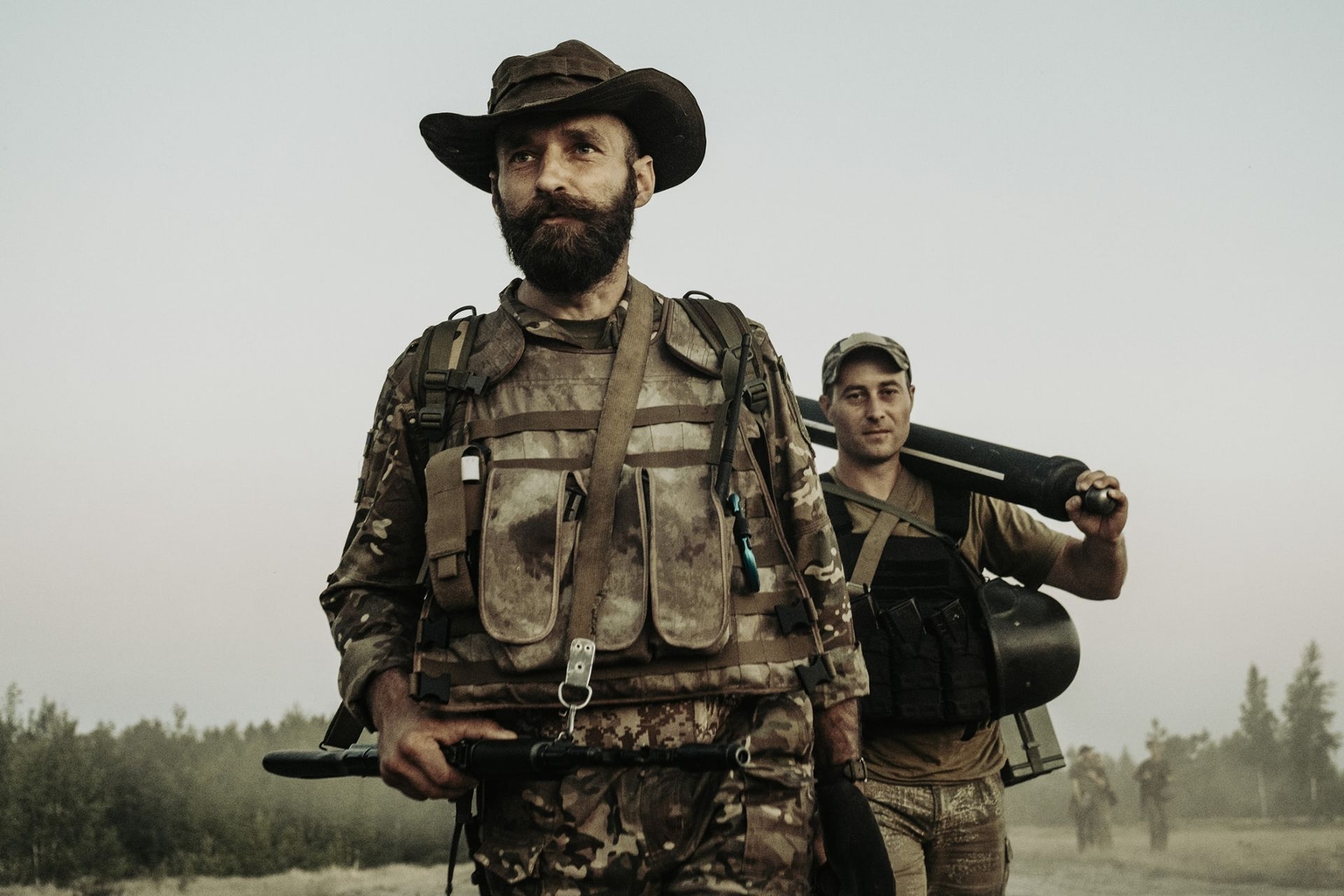


In 2023, when Roman Zakrevskyi joined Ukraine’s National Guard and became part of Azov Brigade, his duties included regular trips to artillery, mortar, and infantry positions. While much of his work involved filming their combat operations, he was equally drawn to capturing portraits, daily routines, and the lived atmosphere that defined their world.
“For me, what has always been and remains most important is the person: their personal story, their individual contribution to this struggle or to life outside of the war, their eyes, their posture, their appearance — through which the state of each individual, and of society as a whole, is conveyed,” Zakrevskyi told the Kyiv Independent.



The decision to serve in Ukraine’s Armed Forces was not spontaneous. Some had already ventured to the front lines as photojournalists after Russia’s initial invasion of Donetsk and Luhansk oblasts in 2014, and in Dmytro Kuprian’s case, he was also mobilized in 2015 — yet he continued to pursue his photography.
“For me, the main thing was to film (during that initial trip) — I shot something here and there. And at the same time, I collected shell fragments and recorded the circumstances in which they were found,” Kuprian told the Kyiv Independent.


“I didn’t even know why I was doing it, I just gathered those kinds of artifacts. It became this kind of parallel experience (once I joined the military). If you ask what was before and what came after, it’s very difficult to say.”



A natural question that arises more than three years into Russia’s full-scale war would be whether these photographers’ understanding of their craft has shifted in the transition from civilian life to a combat role. The answer is — not much.
“Before the war, I mostly photographed people’s portraits, their interaction with everyday objects, with the city I lived in. Now the backdrop has changed a little, because the context that the war has brought is impossible to ignore,” Zakrevskyi said.
Likewise, for Borisovskyi, it is less a matter of change in his photography than of refinement — his work sharpened and deepened by the new realities that became his material.
“Even before the war, I liked capturing dirt and decay,” he said. “Rust in the middle of a flower field. People at work. People looking tired, but dedicated to their labor. Here, there’s no shortage of that.”

This story was produced with the support of the Ukrainian Association of Professional Photographers.

